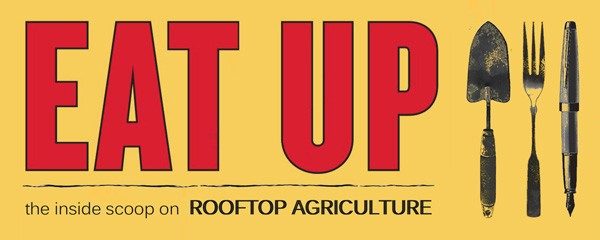seedling envy

Sugar baby watermelon seedlings at SHARE Food Program || photo by Lauren Mandel
Behind on starting your seedlings this year? Don’t fret! Thanks to this winter’s polar vortex you’re not alone; we’re all a bit behind. With frosty nights and spring (hopefully) around the corner, it’s time to hit the seed catalogs.
Baker Creek Heirloom Seeds – one of my favorites – offers over 600 varieties of vegetable, flower and herb seeds. According to the company’s handsome website their full seed inventory provides, “the largest selection of rare, heirloom varieties in the U.S.A.” Seed Savers Exchange similarly offers a mouth watering selection of heirloom seeds. Cultivating heirloom crops (diverse fruit, veggie and flower varieties grown before World War II) helps promote crop diversity while unleashing a world of irresistible flavors! That awkward looking, off-kilter tomato at the farmers’ market? Yeah, that’s an heirloom. That tomato will change your life. Buy it. Or better yet, grow it yourself! Burpee offers a wide range of heirloom seeds that may be available at your local market, garden center, or hardware store, so you may not have to trek far to find those enticing seeds.

Greenhouse seedlings at SHARE Food Program || photo by Lauren Mandel
With hundreds of varieties at your fingertips, how do you choose what to plant and when to plant it? Mother Earth News published a handy spring seed starting guide that lists when to plant various crop varieties relative to your USDA Plant Hardiness Zone. It’s all about the timing, folks. Starting your seedlings indoors means that they’ll be ready for harvest that much earlier in the season. Seeding in a greenhouse is ideal, but most of us stick our seedling trays in a warm spot in the house (70-80 degrees) and then a cooler spot (60-65 degrees) after they germinate. Adding a few heat mats or grow lights may provide the extra oomph that’s needed in a cooler, darker house.
To organize your thoughts around what you’ll plant throughout the growing season, consider subscribing to Seed Savers Exchange’s The Garden Planner (free 30 day trial and then $25/year). This easy-to-use tool allows you to design your planting beds, crop layout, and even crop rotation schedule using a digital platform. Sounds like a fun winter activity to me!
But Lauren, you ask, how is seed starting for a rooftop garden different than starting seeds for my regular old ground-level plot? I’m so glad you asked! The two main differences to keep in mind are:
1| Select compact, low stature crop varieties. Rooftop microclimates can be surprisingly windy. Don’t let lanky crops and top-heavy staking get in the way of your vegetable dreams.
2| Harden off your seedlings. Before exposing your precious little ones to mother nature, be sure to acclimatize them to the windy, temperature fluctuating rooftop conditions a little at a time. Plan on an extra week for hardening off rooftop plants compared to your ground-level seedlings.

McCormick Place Rooftop Farm || photo by Lauren Mandel
Grab those seed catalogs and go nuts! We want to hear about your adventures in the comments area below and on EAT UP’s Facebook page.
 EAT UP
EAT UP